Diller Scofidio + Renfro links Moscow's natural landscapes and urban life at Zaryadye Park
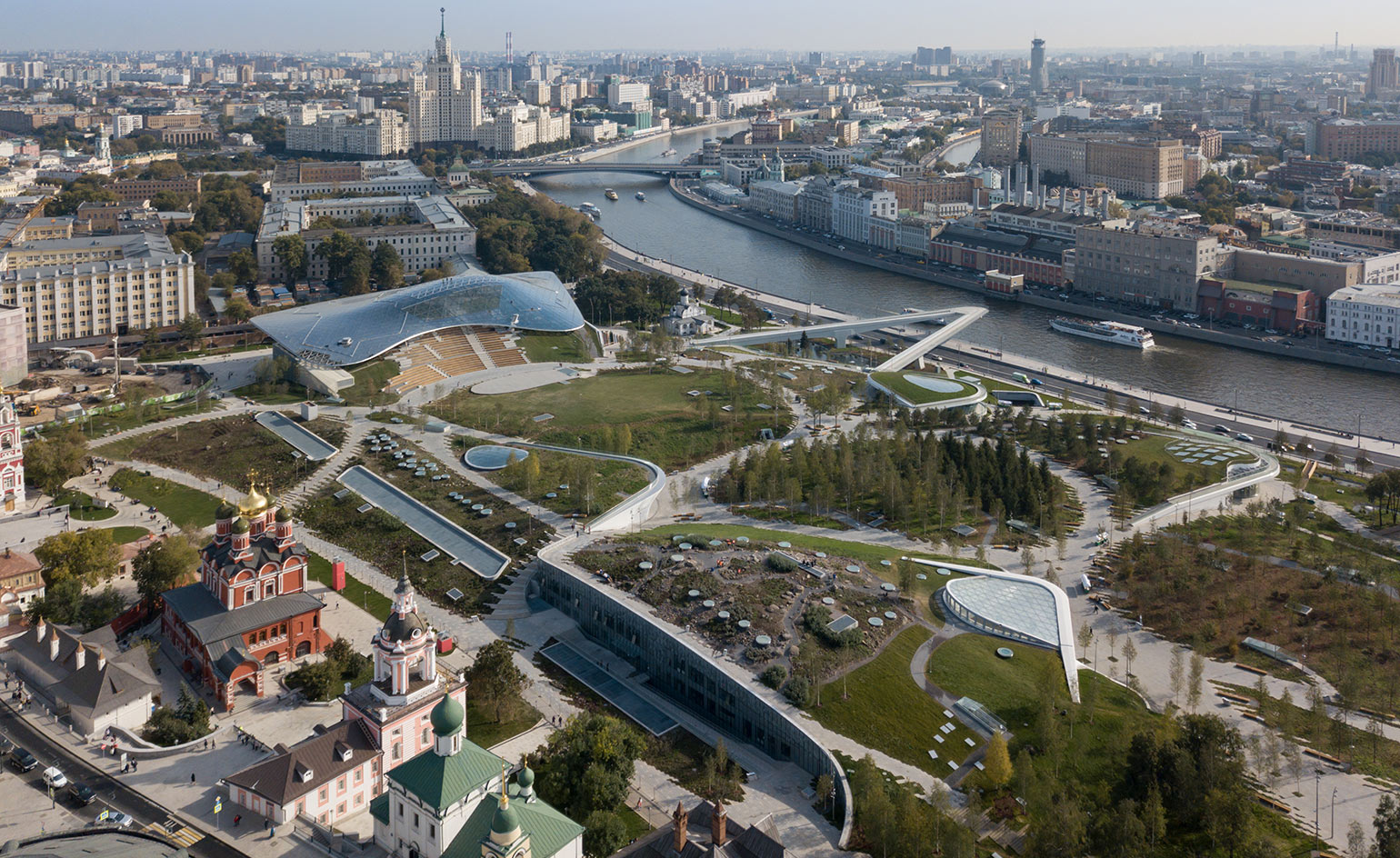
The centerpiece of a plan to increase and enhance public space in Moscow, Zaryadye Park, located just steps from Red Square, St Basil’s Cathedral and the Kremlin, is the first large-scale green to open in the city in the past 50 years.
But while it’s called a park (and looks like a park), Zaryadye, designed by Diller Scofidio + Renfro together with Hargreaves Associates and Citymakers, is much more than that; stealthily encompassing five pavilions, two amphitheatres, a concert hall and an overlook cantilevering 70m over the Moscow River.
Charles Renfro, a partner at DS+R, calls this ‘wild urbanism’: a merger of nature and the city that was the primary focus of the design. ‘We’re mixing and intermingling the edges,’ explains DS+R senior associate David Chacon, walking through the site’s 14,000 sq m of enclosed space on a rainy day in mid-October.
The subtle (and sometimes not so subtle) merger of hard and soft is everywhere. Thirty-five acres of landscape winds its way down to the river, embodying several of Russia’s different regional landscapes, including wetlands, tundra, steppe and coniferous coastal and birch forests. Around, over and under this varied composition, the buildings – including a media centre, science centre, underground museum, concert hall, market hall offering foods from around Russia and a new restaurant themed on Soviet space exploration – take on an eroded profile, their entryways curving and stepping down from the ground plane, their green roofs (often installed with large skylights) merging with and sometimes becoming hillsides themselves.
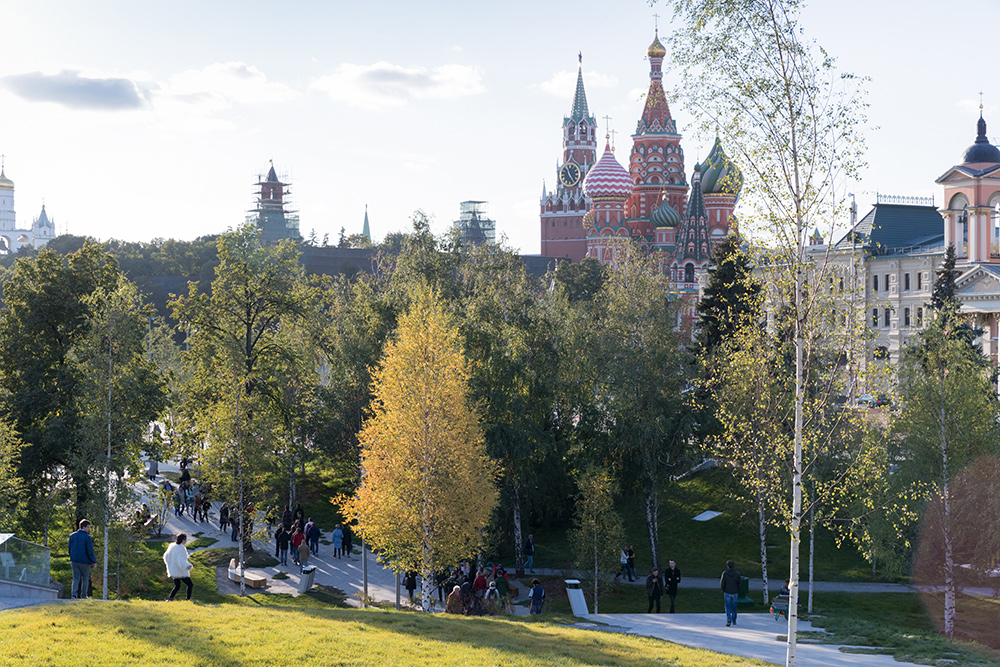
Red Square, St. Basil's Cathedral and the Kremlin are all steps away.
A hexagonal stone paving system further knits hardscape and landscape, gradually blending with grass, dirt, gravel, trees, shrubs and other plant life. A series of vista points provide a frame for the Moscow cityscape to unfold in often surprising ways. You can, for instance, gaze at Red Square from a mossy steppe that’s actually the top of a building. Or – somewhat like an impressionist painting – through the triangular glazed panels of the ‘Crust’: a curved, partially enclosed amphitheatre at the park’s eastern end that fuses with the 2,000-seat philharmonic concert hall on its far side.
The project sits on the site of the former Rossiya Hotel. It was overseen by Moscow’s chief architect, Sergey Kuznetsov, who organised a competition drawing 90 submissions from 27 countries. The city, he says, intentionally sought to reach out beyond its local comfort zone, and chose to focus on the unifying power of the natural world over potentially divisive symbols of history and politics. It also wanted to create a much-needed connection between the city’s centrepiece, Red Square, and the Moskva River. The reinforced concrete, boomerang-shaped cantilever does that in spades, and has become the park’s must-visit destination. But just down the way, you can get lost in a colourful birch forest before getting a peek at the Kremlin, and then, around the corner, enter a building (then another, and another).
‘I call it Moscow lost and found,’ says Petr Kudryavtsev, a partner at Citymakers, the firm that consulted on urban design, programming and other key components of the park. Considering how your experience changes so profoundly moving through the new facility, it’s a perfect description.
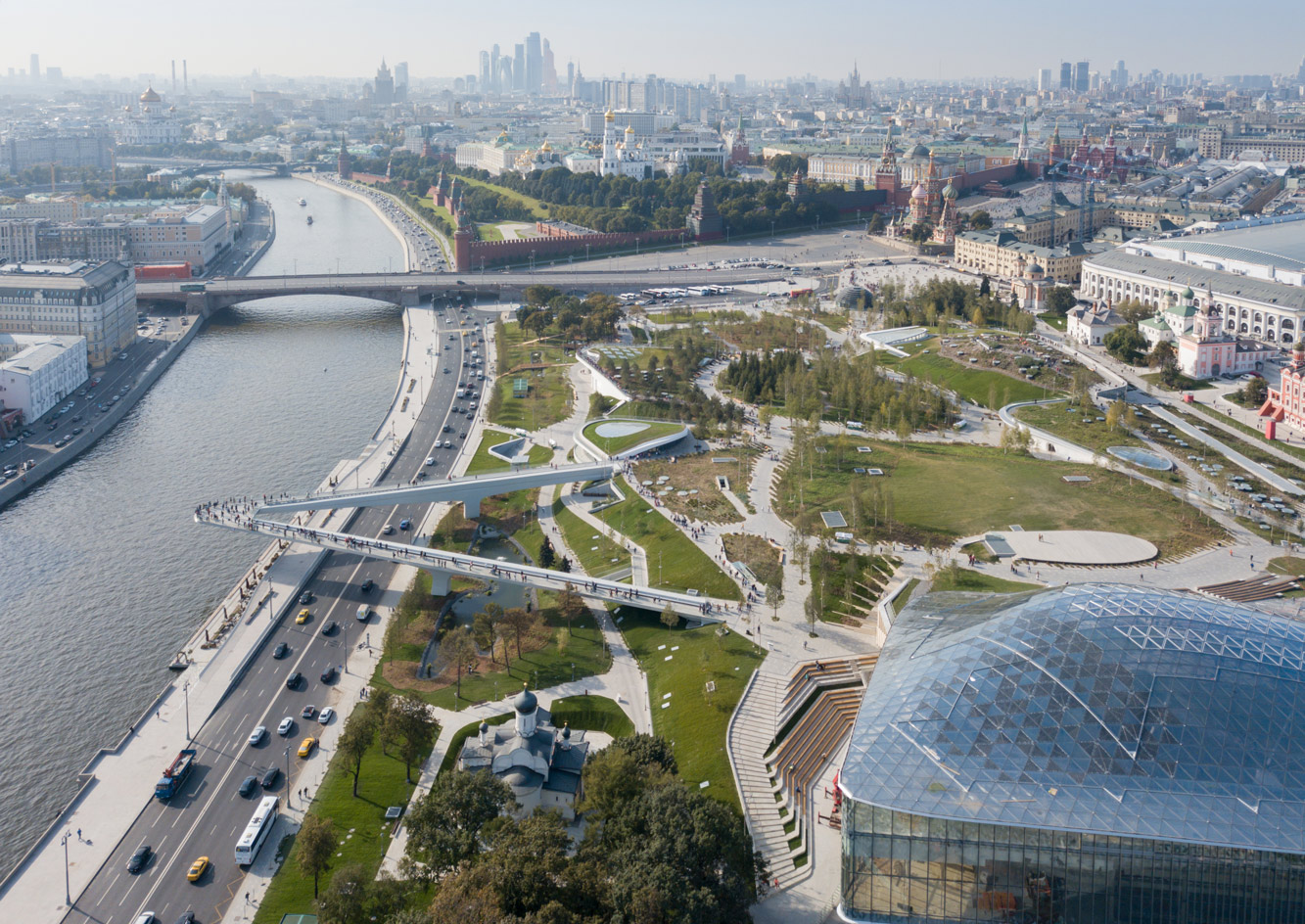
The space encompasses five pavilions, two ampthitheaters, a concert hall and an overlook within its 14,000 sq m of enclosed space
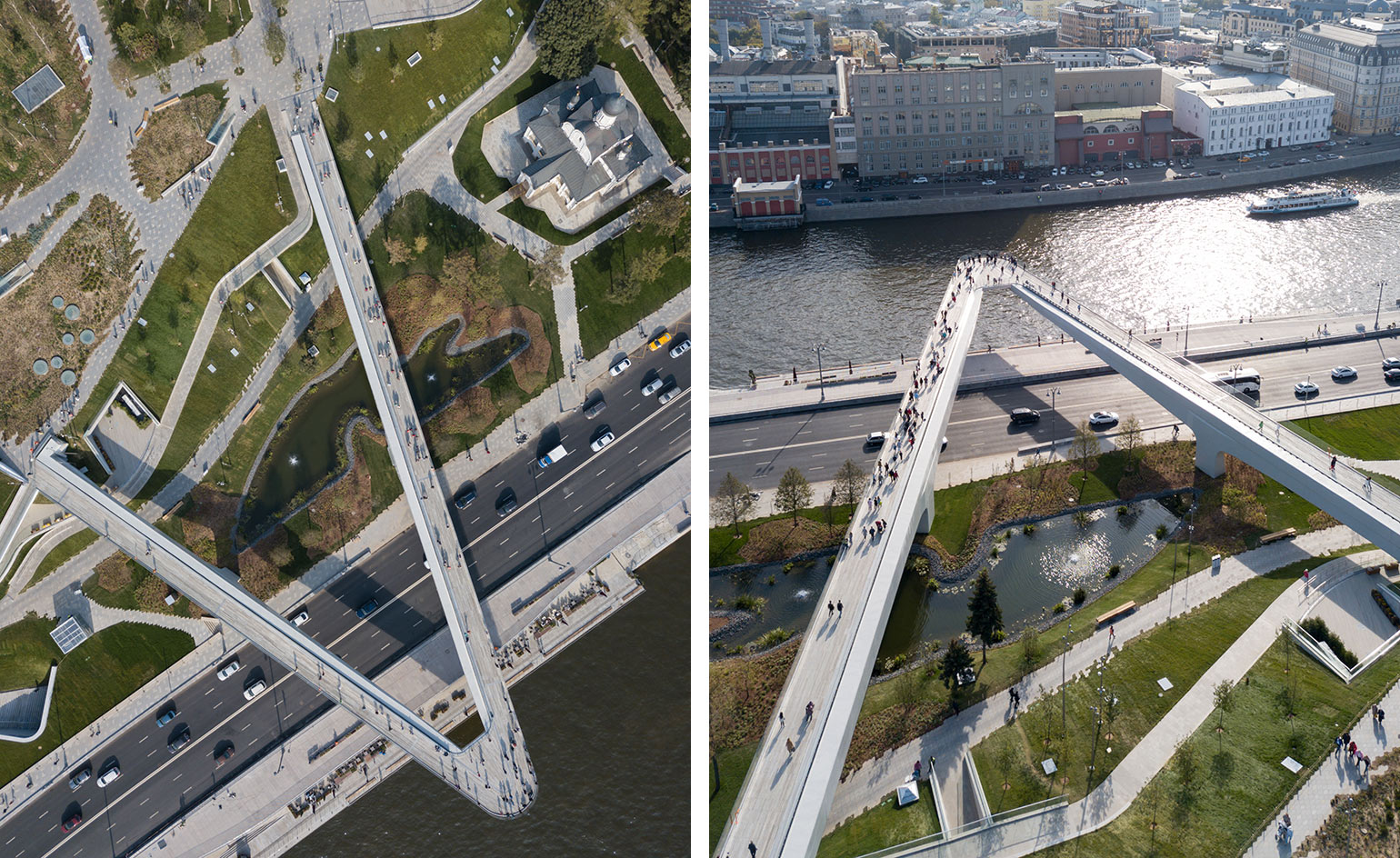
The overlook stands 70 m above and over the Moscow River
INFORMATION
For more information, visit the Diller Scofidio + Renfro website, the Hargreaves Associates website and the Citymakers website
Wallpaper* Newsletter
Receive our daily digest of inspiration, escapism and design stories from around the world direct to your inbox.
-
 Japan in Milan! See the highlights of Japanese design at Milan Design Week 2025
Japan in Milan! See the highlights of Japanese design at Milan Design Week 2025At Milan Design Week 2025 Japanese craftsmanship was a front runner with an array of projects in the spotlight. Here are some of our highlights
By Danielle Demetriou
-
 Tour the best contemporary tea houses around the world
Tour the best contemporary tea houses around the worldCelebrate the world’s most unique tea houses, from Melbourne to Stockholm, with a new book by Wallpaper’s Léa Teuscher
By Léa Teuscher
-
 ‘Humour is foundational’: artist Ella Kruglyanskaya on painting as a ‘highly questionable’ pursuit
‘Humour is foundational’: artist Ella Kruglyanskaya on painting as a ‘highly questionable’ pursuitElla Kruglyanskaya’s exhibition, ‘Shadows’ at Thomas Dane Gallery, is the first in a series of three this year, with openings in Basel and New York to follow
By Hannah Silver
-
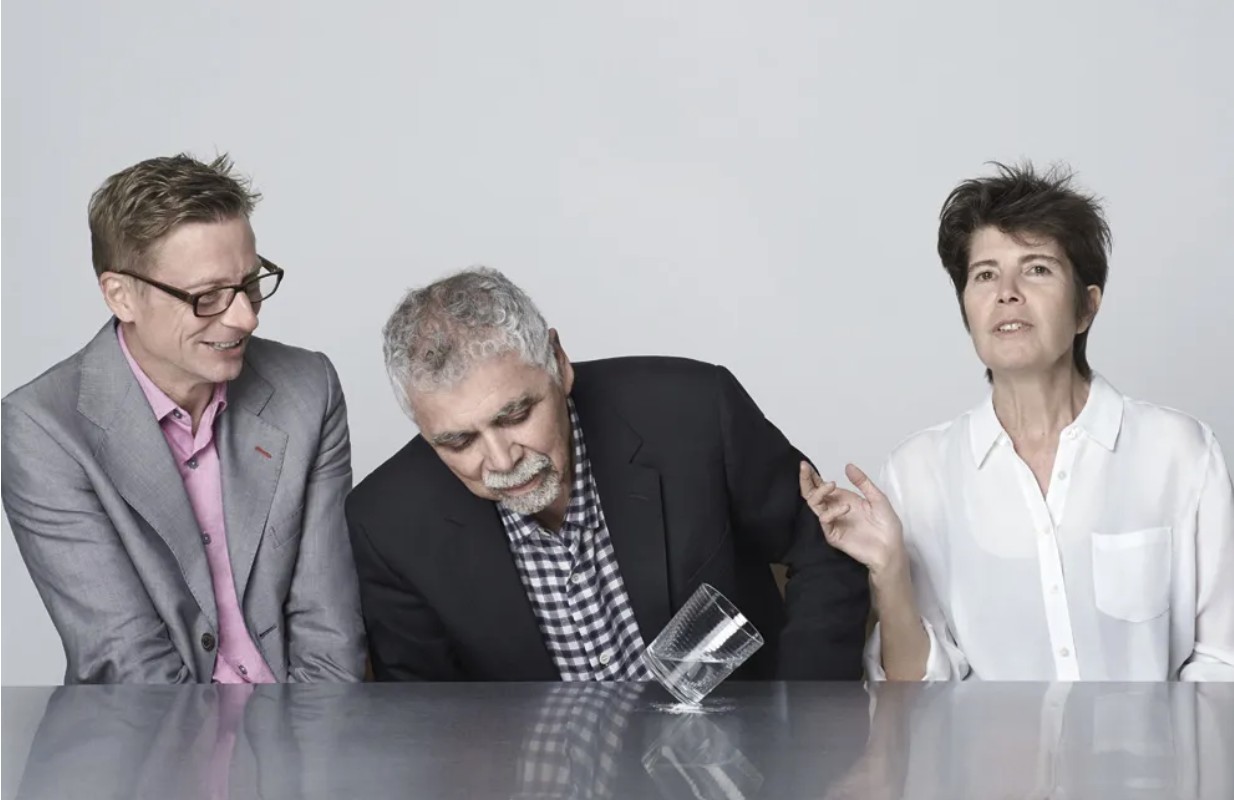 Remembering architect Ricardo Scofidio (1935 – 2025)
Remembering architect Ricardo Scofidio (1935 – 2025)Ricardo Scofidio, seminal architect and co-founder of Diller Scofidio + Renfro, has died, aged 89; we honour his passing and celebrate his life
By Ellie Stathaki
-
 Soviet brutalist architecture: beyond the genre's striking image
Soviet brutalist architecture: beyond the genre's striking imageSoviet brutalist architecture offers eye-catching imagery; we delve into the genre’s daring concepts and look beyond its buildings’ photogenic richness
By Edwin Heathcote
-
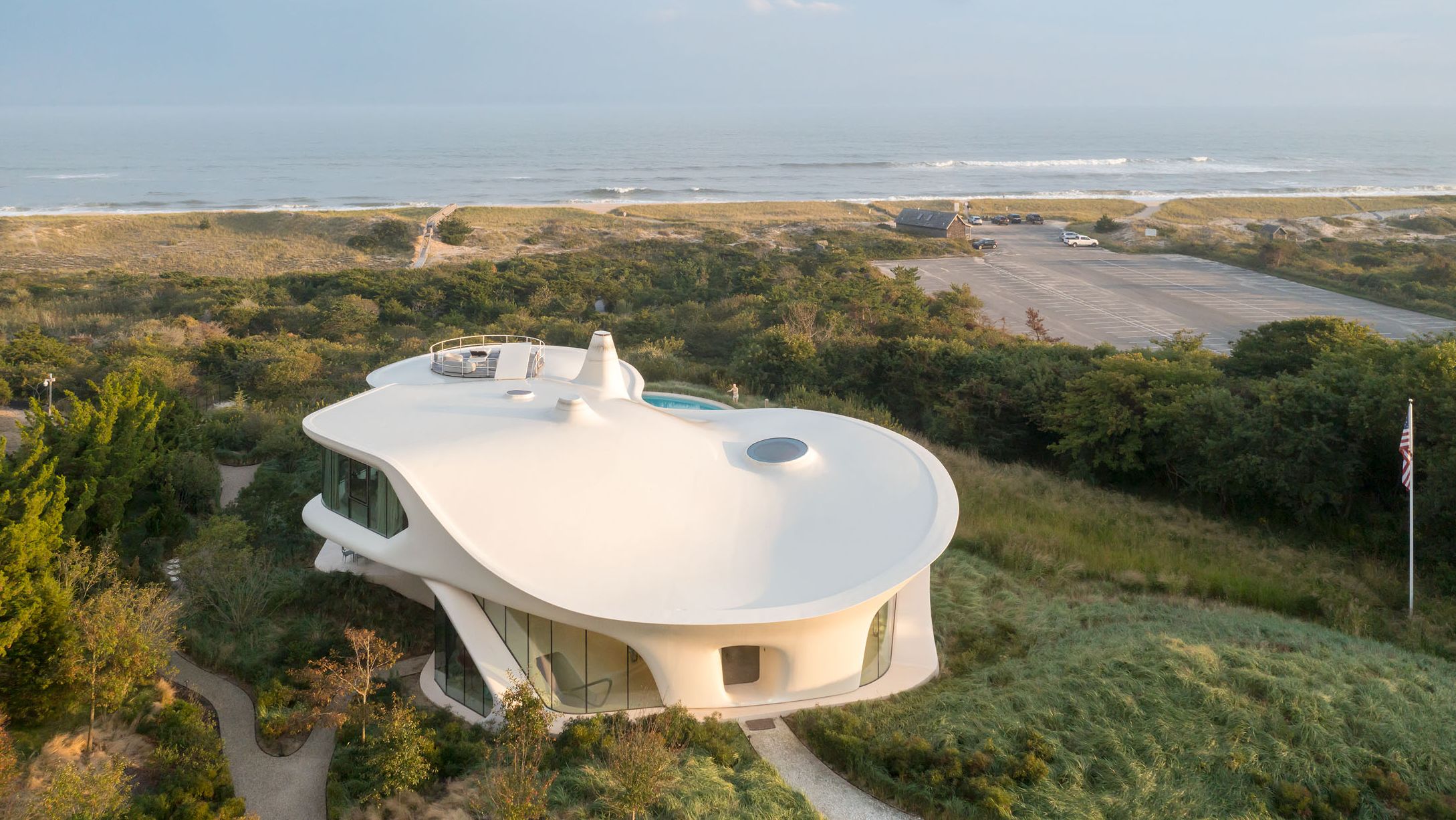 Discover Diller Scofidio + Renfro’s Blue Dream house in the Hamptons
Discover Diller Scofidio + Renfro’s Blue Dream house in the HamptonsA new monograph captures Blue Dream house and the lengthy design and construction process of a quintessential example of contemporary Hamptons architecture
By Jonathan Bell
-
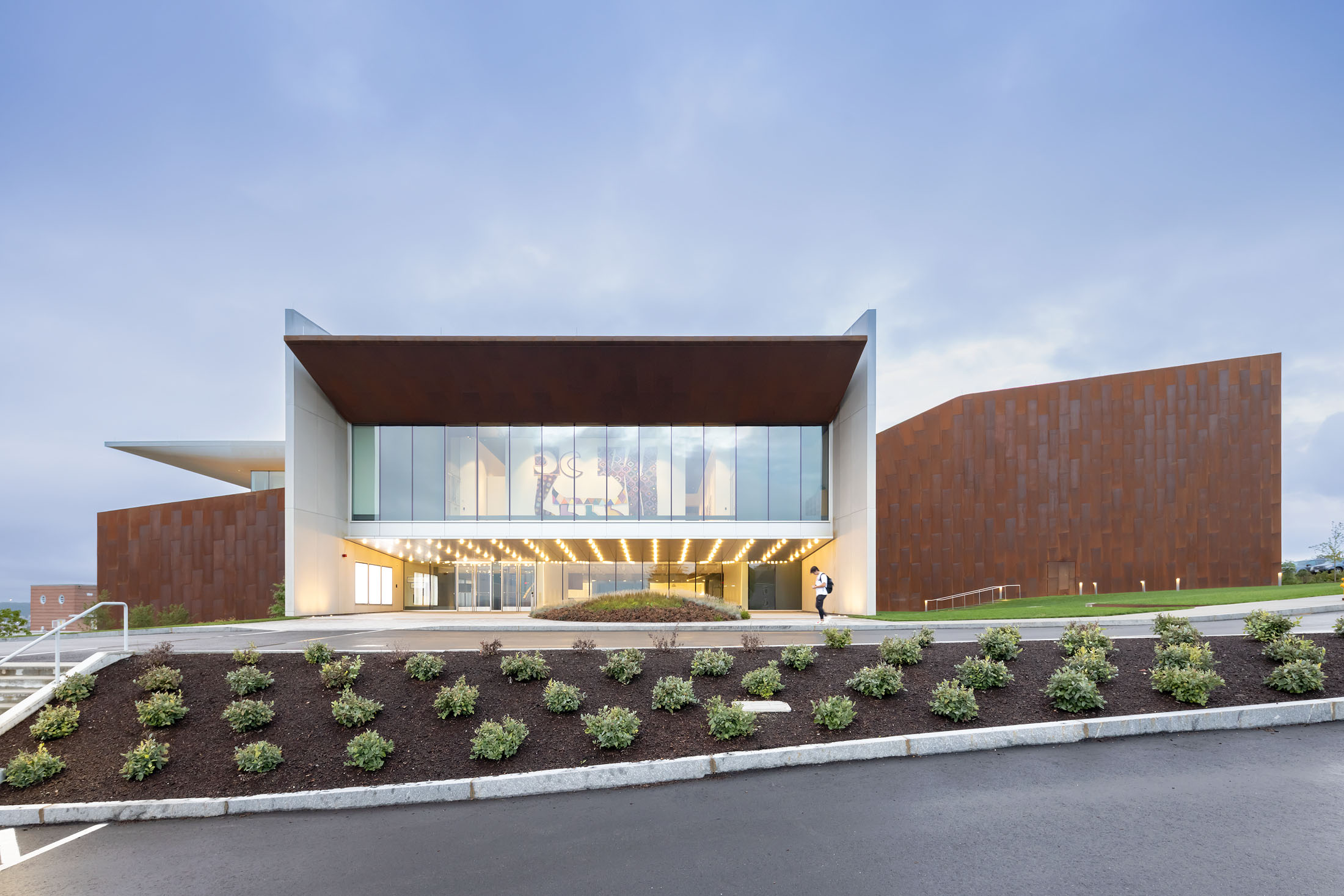 DS+R Prior Performing Arts Center is designed as a public commons
DS+R Prior Performing Arts Center is designed as a public commonsPrior Performing Arts Center by Diller Scofidio + Renfro completes at the College of the Holy Cross in Worcester, Massachusetts
By Stephen Zacks
-
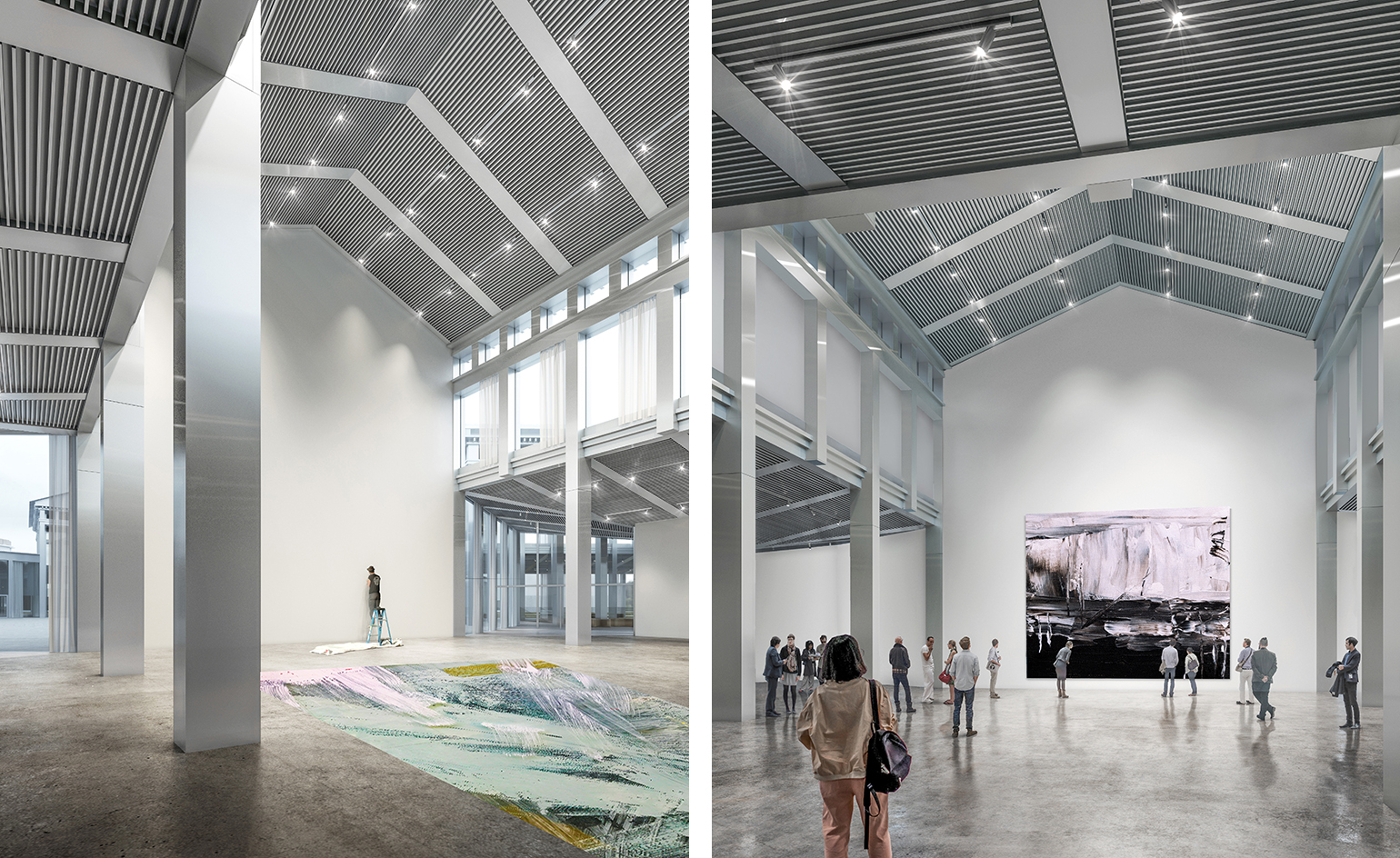 SANAA to resurrect Hexagon pavilion for Moscow’s Garage Museum extension
SANAA to resurrect Hexagon pavilion for Moscow’s Garage Museum extensionJapanese firm SANAA will overhaul the Hexagon pavilion, a 1920s Ivan Zholtovsky-designed structure in Gorky Park, for a Garage Museum extension
By Jessica Klingelfuss
-
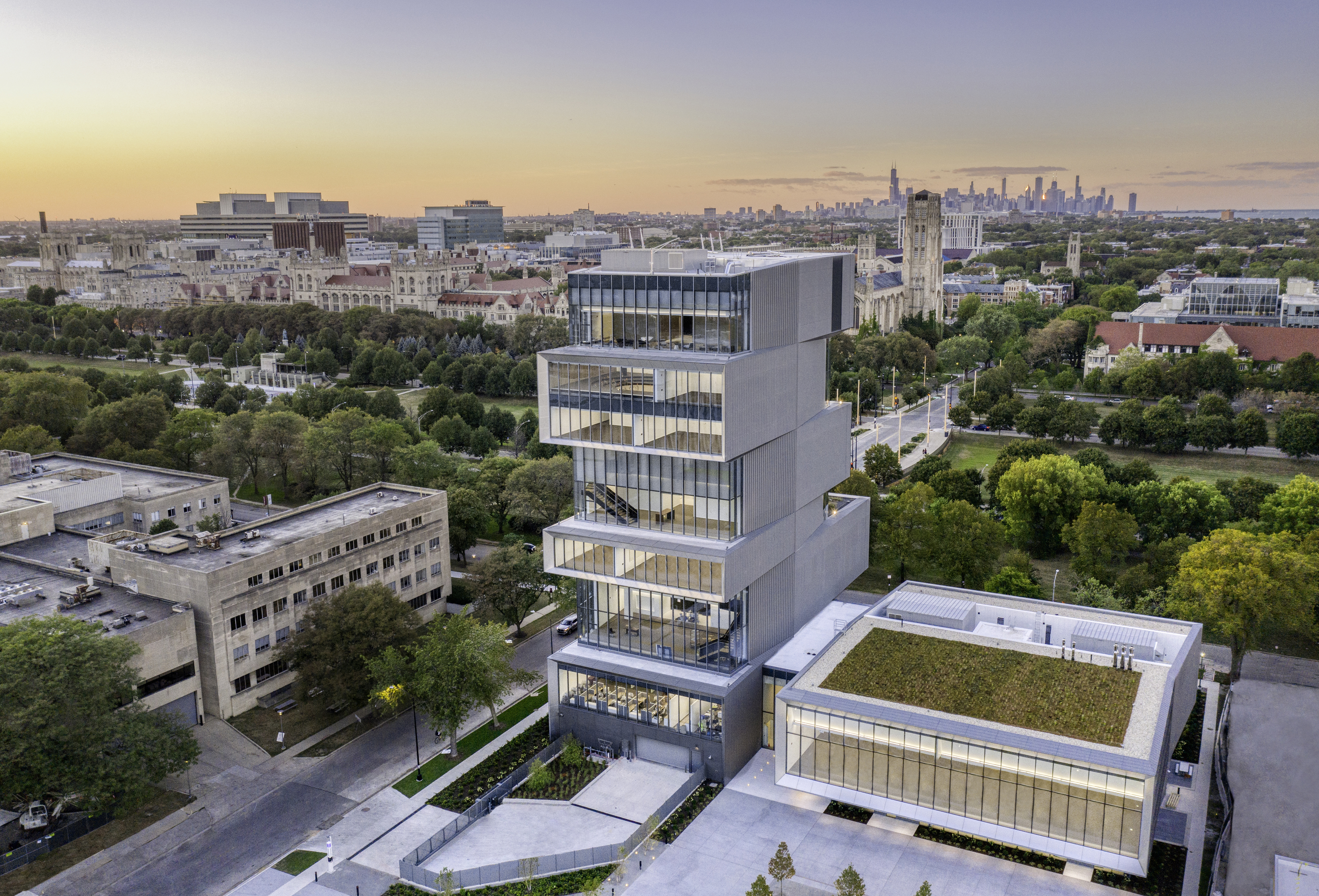 Diller Scofidio + Renfro: what’s next?
Diller Scofidio + Renfro: what’s next?Diller Scofidio + Renfro announces the official openings and design launches of new buildings in Australia, Italy, China and the USA
By Pei-Ru Keh
-
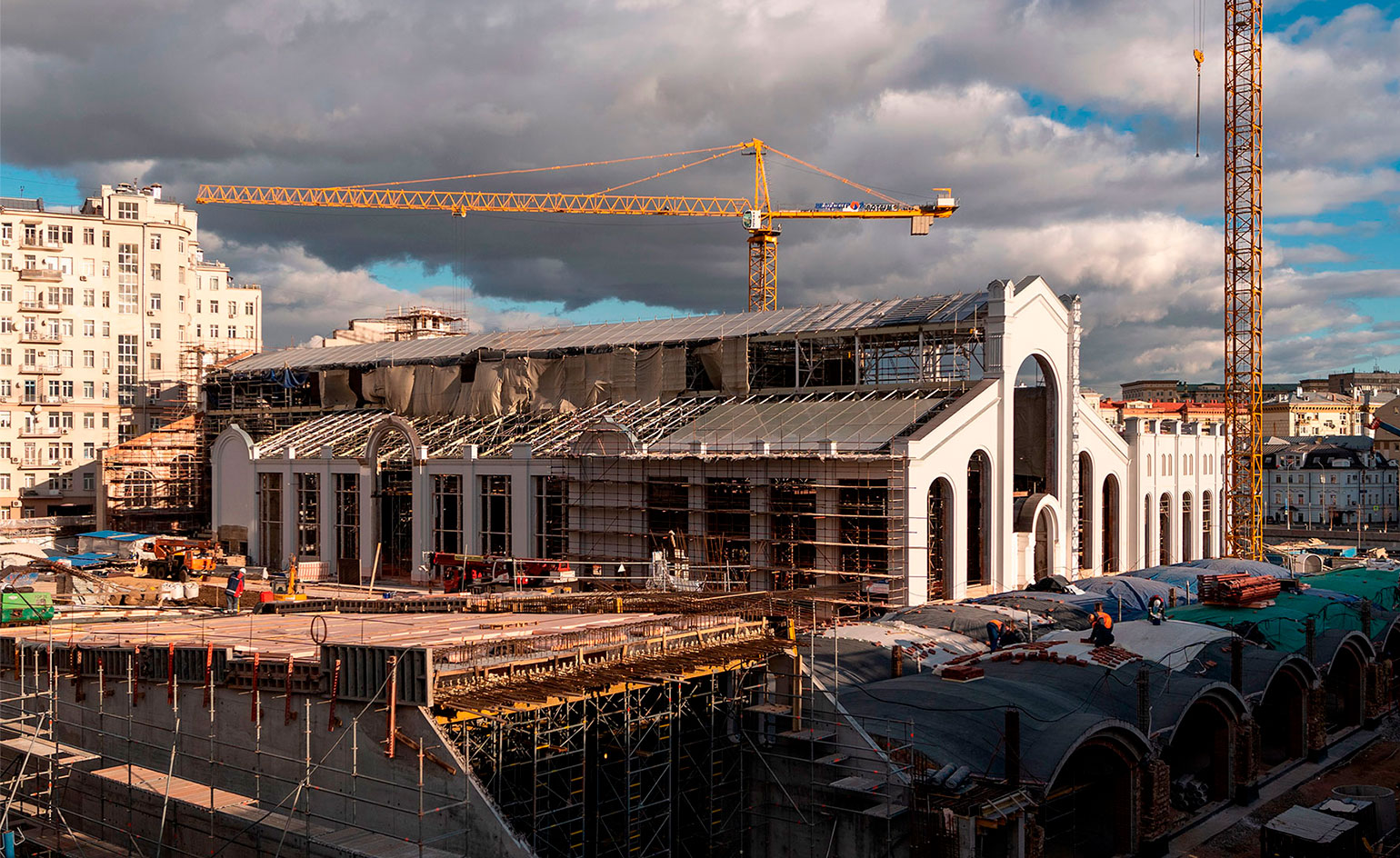 Renzo Piano’s GES-2 is a site of wonder
Renzo Piano’s GES-2 is a site of wonderThe GES-2's building site in Moscow is so glorious the half-constructed structure has already got the design world talking
By Tom Seymour
-
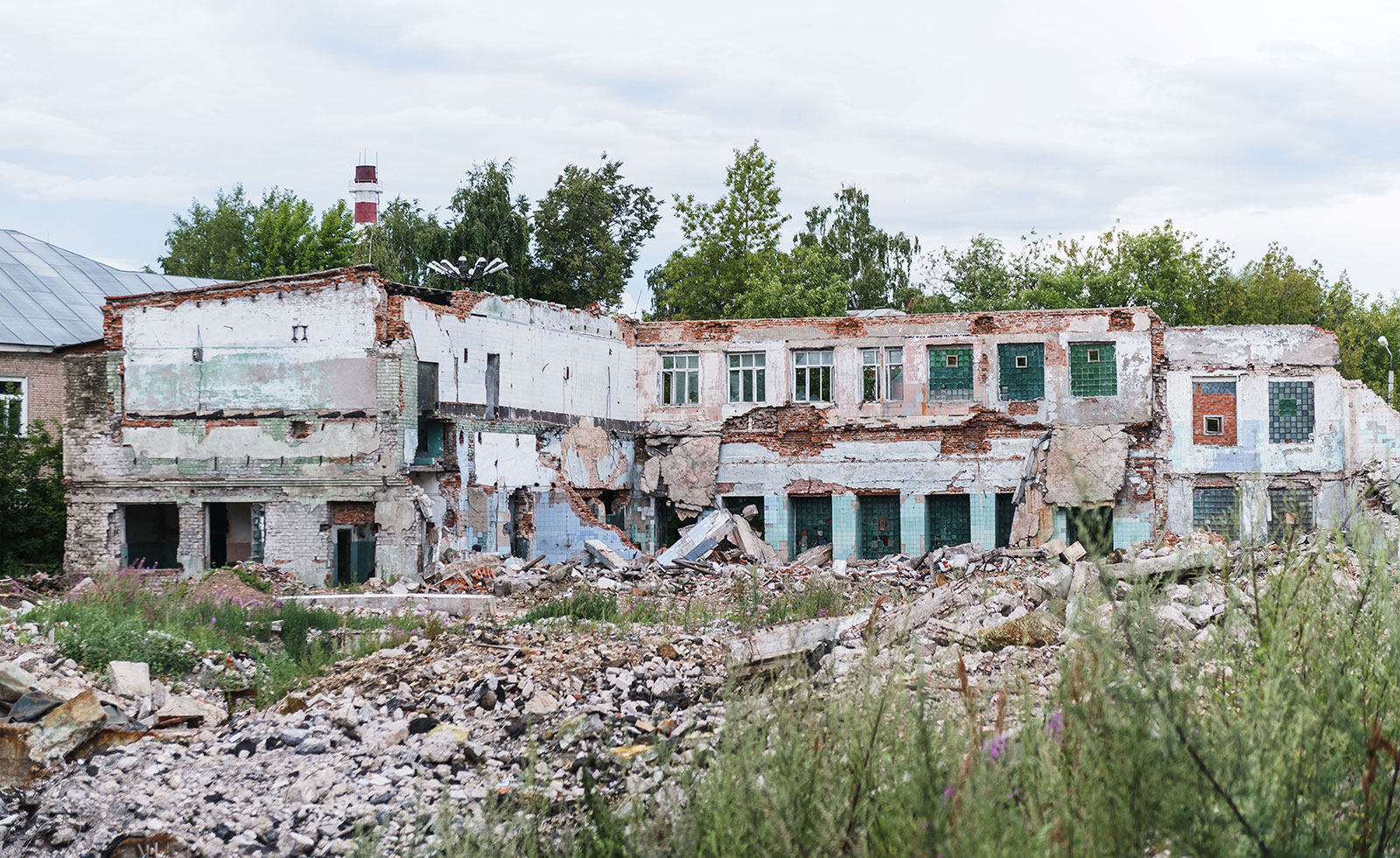 Young architects tasked to rethink Russia’s abandoned industrial sites in Kazan
Young architects tasked to rethink Russia’s abandoned industrial sites in KazanFor the second Russian Architecture Biennale for Young Architects, curator Sergei Tchoban, architect and founder of the Tchoban Foundation in Berlin, looked out into Russia’s post-industrial landscape and challenged Russian architects under 35 to propose some new solutions for a former faucet factory and a grain elevator near Kazan
By Elissaveta Brandon